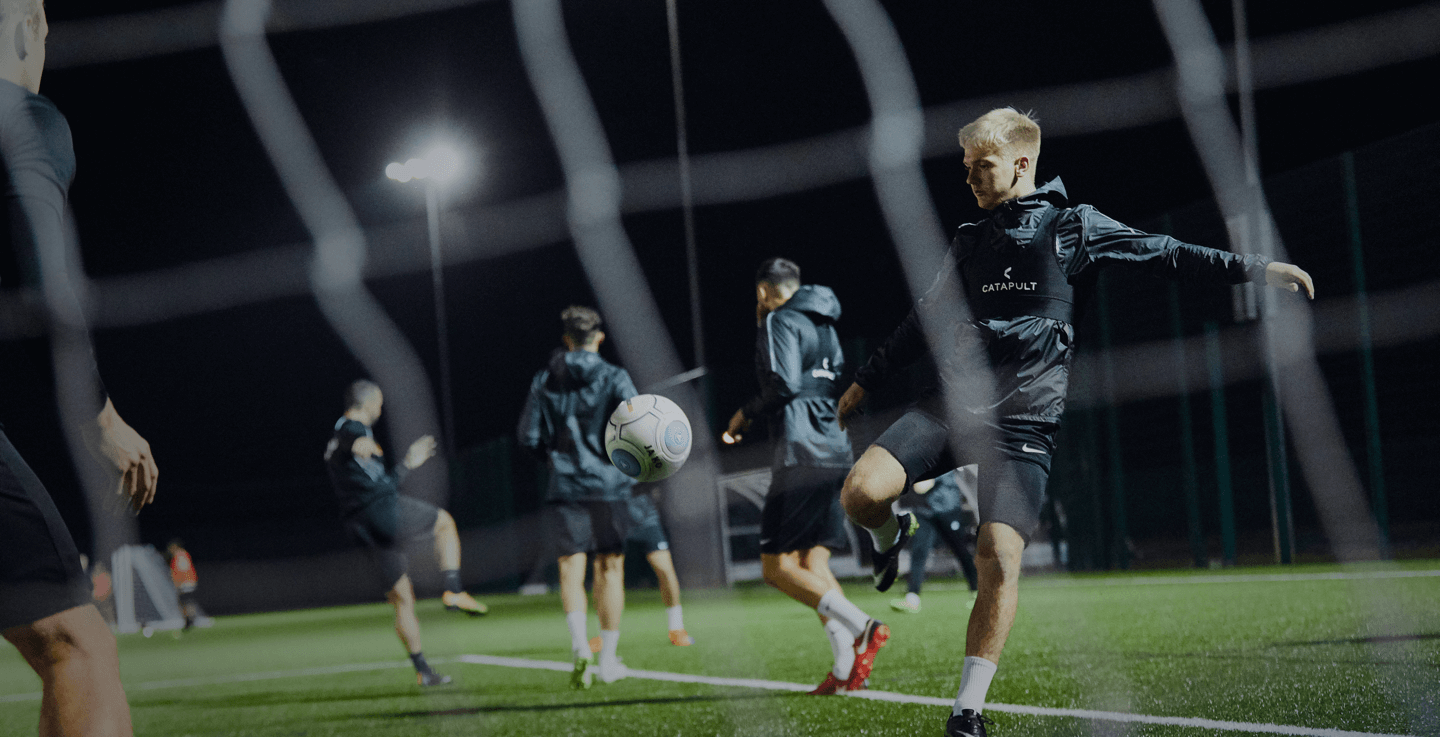In the Premier League, The PFNCC is the forum in which discussions take place between the Premier League, the PFA and the FA. It is through dialogue between the parties within the PFNCC framework that consensus and agreement is reached on the standard terms and conditions of professional football players and the rules passed by the FA and the Premier League that directly or indirectly impinge on the employment of professional football players.
The PFNCC is constitutionally independent of the regulatory and governance framework of the FA, the Premier League and the PFA. Whilst it is difficult at the moment to ascertain the exact contents of the collective bargaining agreement in the EPL on wearable technology, it cannot be gainsaid that the Covid-19 pandemic has expanded the ambit of the use of these devices.
With devices ranging from wearable monitors to clothing and equipment with embedded sensors, professional teams, league bodies, as well as the companies that provide the wearables, can now collect massive amounts of data such as an athlete’s heart rate, glucose level, breathing, gait, strain, or fatigue.

On the surface, this data may appear innocuous and may relate to an athlete’s performance and overall wellness, which may be somewhat apparent to onlookers without the aid of the device.
Read related articles in this series
- Wearable technology and athletes’ right
- Beyond the gadgets – regulatory and legal considerations for wearable technology in sports
- The Nigerian context for wearable technology
However, alone or aggregated, the data may reveal more sensitive personal information relating to the athlete’s identity, location, or health status, information that cannot be obtained just by closely observing the individual.
When organizations collect, use, share, or store this data, it creates certain privacy and security risks and numerous international regulatory policies and data protection laws may apply.
Any sports or athletic organization that develops a wearable device program or has reason to believe that these devices are being used by coaches and others to collect similar data, should be mindful of these risks and regulatory issues.
Depending on jurisdiction, consent may or may not be required for monitoring. Judicial decisions on the issue are almost non-existent.
However, the overriding jurisprudence on the issue appears to be that an athlete’s expectation of privacy is minimized when on the team’s premises or when using company/team equipment.
The cases of City of Ontario, Cal. v. Quon and O’Connor v. Ortega are just a few of the decisions to the author’s knowledge where it was held that an employee may lack an expectation of privacy in provided technologies from their employer.
The latter case stated that it was dependent on the realities of the workplace. In situations where there are binding collective bargaining agreements duly negotiated by the players’ unions, there may be very little issue since the player’s interests would be amply protected.
However, where the players are neither involved nor represented in negotiating the applicable wearable technology, legal issues may arise.
One school of thought is of the view that athletes have lesser privacy compared to many other people, as this is merely a detriment of their chosen activity or career path.
In Bilney v. The Evening Star News, a group of Maryland basketball players sued a newspaper over the invasion of privacy when their academic records were reported.
Also read
- Remedies available for breach of image right
- Public speaking
- The nbc code and sports content exclusivity – Part 2
The court concluded that this was not an invasion of privacy because they were public figures on the basketball team. Accordingly, due to their public figure status, the players did not have the same privacy luxuries afforded to them as other students.
In sum, the basketball players were not entitled to experience the same level of expectation of privacy as a common student would because they were public figures representing their team and university.
An additional reason advanced by the courts is that athletes have a diminished expectation of privacy due to the frequency of sharing their personal information daily.
Players interact with coaches, trainers, and other members of athletic staff frequently, and the level of interaction is quite intimate. The courts have held that due to this regular interaction, players are not entitled to experience an expectation of privacy for certain types of shared information.
An added complexity to this decision is what happens where, say, a manager of the team resigns or leaves the team but still possesses data and information of former players in his team and seeks to use them to the advantage of his new employers?


